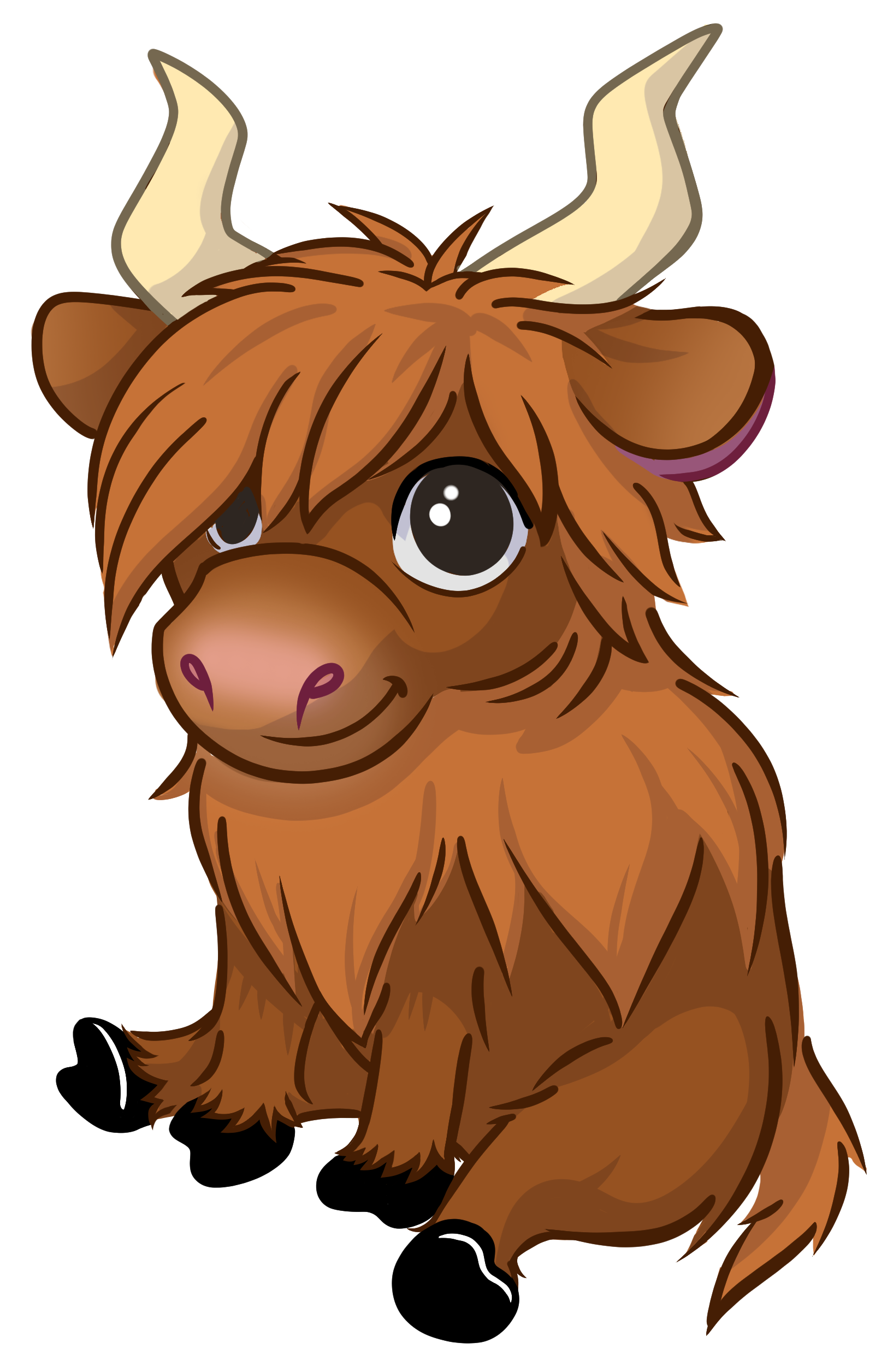Spotlight
History of Highland Games Athletic Competition.
In their original form, many centuries ago, Highland games revolved around
athletic and sports competitions. Though other activities were always a part of the festivities, many today still consider Highland athletics to be a signature part of the games.
Although running and other sports are sometimes included, the Heavy Events are considered most recognizable.
The Tacoma games are the home of the Washington State Championship.
Competitors are both men and women from their twenties through their sixties and include all sized frames from small to large.
Athletes come from all walks of life including fire fighters, ex-military, physicians, educators, sports and fitness professionals, trades people, IT professionals and beyond. The thing that unites them all, is love for the competition and the desire to do their personal best.
Each athlete that participates in the Tacoma games, is constantly striving to throw further, higher and more accurately than they have before.
Photo Credit: Bob Harbison (Bob Harbison Photography)
The Athletic Events
Caber Toss
(Photo by Bob Harbison Photography)
This is the premier Scottish event. The competitor or “tosser” must “pick” a caber, run and toss it so as to flip it end over end and land straight out from him/her at a 12 o’clock position. The Caber is tossed for accuracy not distance. The judge scores it just as the caber hits the ground. A side judge will sometimes be used to determine if the caber rotated thru 90 degrees, if no its a “Fifer” and judge will sometimes be used to determine if the caber rotated thru 90 degrees, if no its a “Fifer” and not counted. The Caber size is chosen by skill of the class. Elite class cabers can be 18’ to 20’ and 100+ pounds.
Weight for Distance
(Photo by Bob Harbison Photography)
Distance: This event entails hurling a 14, 28, 42 or 56 lb. weight (depending on class) as far as possible while maintaining control behind a trig. The athlete spins to gain momentum on the weight then releases it. Three attempts are given to each athlete to record their longest throw.
The Hammer
(Photo by Bob Harbison Photography)
It is believed that, like many Highland games events, the origin of the hammer throw is tied to a prohibition by King Edward I of England against Scotsmen possessing weapons during the Wars of Scottish Independence in the late 13th and early 14th centuries.
These ancient weapons come in various sizes 12, 16 and 22 lb. They are tossed similar to the Olympic style, severe rotation imparts momentum to the hammer, then it is released for distance. The differences are mostly to the hammer, that being a heavier head and a wicker/rattan handle. The handle is strong and can flex on impact. Most athletes wear special hammer boots with bayonets or spikes on them to maintain ground contact during rotation.
The Stone
(Photo by Bob Harbison Photography)
Stone: The stone put is one of the main Scottish heavy athletic events at modern-day Highland games gatherings. Similar to the shot put, the stone put more frequently uses an ordinary stone or rock instead of a steel ball. The weight of the stone will vary from 16 to 26 lb for men (or 8 to 18 lb for women) depending on which type of stone put event (Braemar stone or Open stone) is being contested and also on the idiosyncrasies of the event (mainly because stones in use have no standard
weight). There are also some differences in allowable techniques and rules.
This event is much like the more familiar shot put, except we use a field stone weighing between 17 and 26 lb. It is “put” from behind a trig, which is a marker log on the ground and the athlete may not cross the trig at any time. It may be put either
Braemar (standing) or standard as in regular shot-put fashion.
Weight for Height
(Photo by Bob Harbison Photography)
Height: This event is exactly as named, a 56, 42 or 28 lb. weight (depending on class) is tossed up and over a horizontal bar. The athlete can only use one hand and has 3 attempts at each height to clear the bar. Standing or Spinning (depending on local rules) are allowed. The 56 lb weight is often referred to as “the widow maker”. Crowd cheering and noise are critical to the athlete getting pumped up for big heights. It’s often said, the worst thing you can say to an athlete is “you had the height.”
The Scheaf
(Photo by Bob Harbison Photography)
This event derives from the ancient farming traditions of Scotland. It is believed to be a newer part of formal highland games, has been made much more popular in the US than in Scotland but is well established as a worthy part of Scottish heritage and a traditional event.
It grew out of a competition to see who could toss a sheaf of wheat highest, into a barn, over a neighbors hedgerow, etc. Today we use a 10, 16 or 20 lb. burlap bag weighted with typically balls of twine and burlap tightly compacted. A modified pitch fork is used to stick, swing and toss the sheaf over a height standard. Athletes over time have customized, named and spent a lot of time and money on their sheaf forks. The sheaf must pass over the horizontal bar and competitors get 3 attempts at a height before they are eliminated. The highest tosser wins In the event of a tie for height, the one with the fewest misses wins. Heights begin at between 12 and 16 feet and go over 30 feet for the winner in the elite classes. A crowd favorite!







